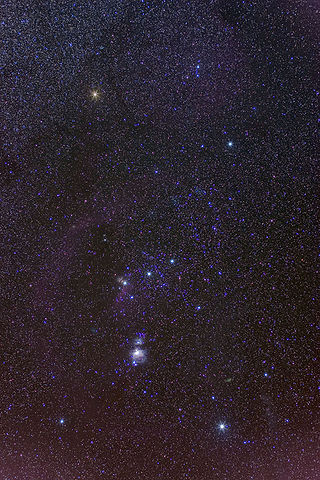There’s a nice guide to particle physics on The Particle Adventure web site. The site has it’s own free apps for android & apple devices that are worth installing.
Here’s Prof Cox with a two part summary of particle physics.
and a short video with just the quarks
httpv://www.youtube.com/watch?v=nlv06lSAC7c
The video below was made before the Higgs boson was confirmed, so please bear that in mind. It’s still a nice video though.
Learn about the world’s largest neutrino detector in Antarctica.


